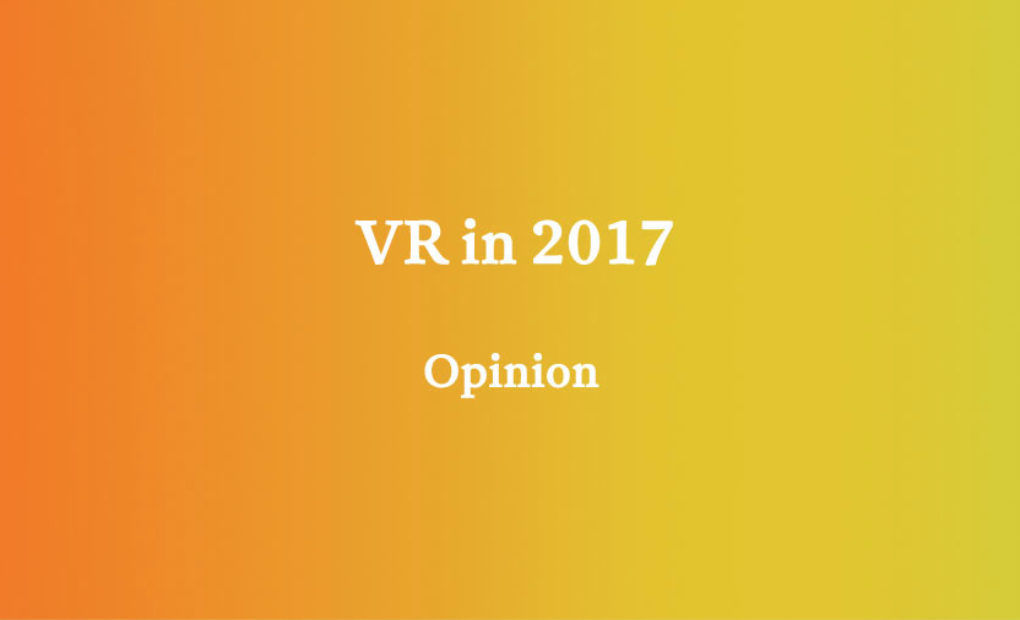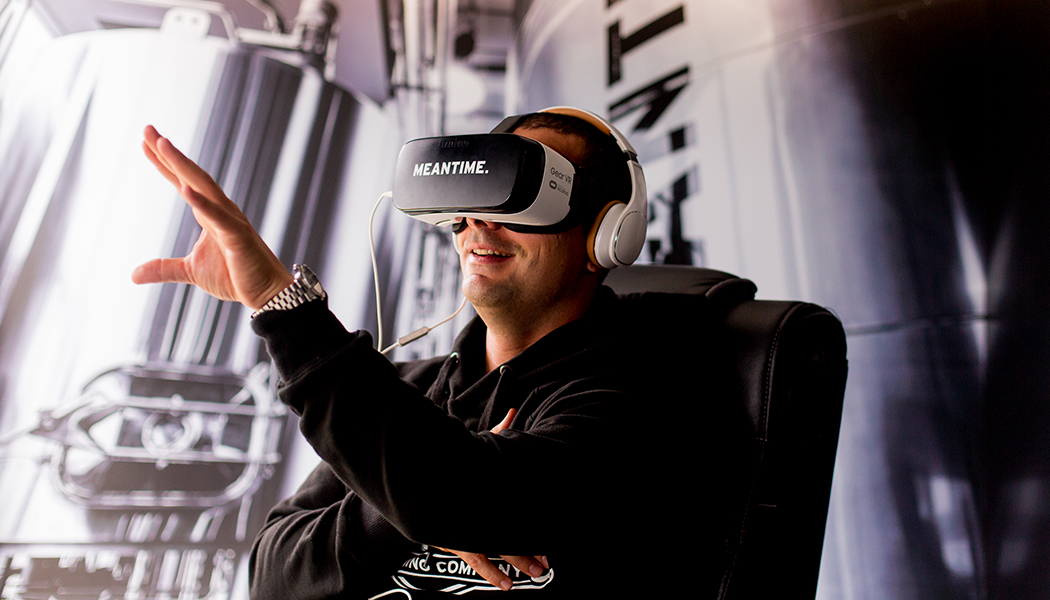
The Visualise team look ahead at VR in 2017
How will VR in 2017 play out and what existing and new trends will contribute towards its growth?
There’s no denying it, 2016 was a major year for VR. The VR industry has moved so rapidly that VR in 2017 and beyond will only be limited by our creative imaginations. We caught up with some members of the VR team to get their personal views on what the landscape of VR in 2017 is going to look like.

The rise of online 360 video
“A lot of brands have been waiting for VR to take off, however, in the background another branch has taken off – online 360 video. Content created for VR headsets can be used on YouTube 360 and Facebook 360, getting millions of views rather than thousands. This is not necessarily new news, social platforms have accepted 360 video for over a year – however, they now allow 3D, they allow 360 audio and all this at resolutions that really justify the content.
Expect to see a continued gradual rise in headsets sales, but this won’t be a boom like there was in smartphones – this is a new behaviour people have to learn and that won’t ever be quick.”
Henry Stuart, CEO & co-founder
Increased expectations
“2017 probably isn’t going to be the year of VR. There are unlikely to be any major new headsets or accompanying pieces of VR hardware being released this year. Having said that, hardware sales will likely double, but this will still put the global installed user base at less than 10 million (not including Google Cardboard), far lower than would be considered mainstream. However, 2017 will be a year of continued software maturity for VR.
We are going to see VR experiences get a lot more refined this year, both from technical and creative standpoints. Companies creating experiences in VR are getting much better at it. Users and clients who commission VR content also have increasingly higher expectations, and companies will have to work hard to meet those expectations. This will be great for the industry overall. With better experiences, VR’s chances of mainstream success are much higher.
In 2017, 360 video will continue brisk growth. Data has shown high user engagement numbers for 360 content on Facebook and YouTube, and so brands will continue to exploit this new form of interactive video. Streaming quality, both on live streaming and regular streaming, should improve a great deal over 2017, with Facebook bringing out 4K streaming.”
Will McMaster, Head of VR
Demand for success metrics
“The VR buzz has had time to settle in and users as well as clients have a better understanding of what it all means for them. This means that the demand for VR will get more precise, it will come with clarity and organisation, something the previous years have lacked in.
We will also see an even greater increase in the demand for new tech in VR, such as hybrid VR/AR, profitable eye-tracking projects, biometrically interactive experience and even full body suits with haptic feedback. Users are asking to be much more immersed into the virtual worlds, and clients want to see a greater ROI. As this request for VR ROI increases within brand territory, as well as the end users demands for better VR, global companies are accepting that they have to up their game by signing off bigger budgets. Therefore they will push VR into the next level of media production.
The profitable era of cheap VR is coming to an end and has laid the foundation for the next generation of VR projects. In 2017, serious game changers will stand out with ground breaking concepts and budgets to match them.”
Arnaud Baernhoft, Senior Producer
Growth of 360 ads
“Just as they franchised the ‘content’ movement a few years back, media agencies will play a vital part in pushing the role of 360 video this year, as the format continues to be accepted across all ad formats and digital content platforms. This in-turn will open up new opportunities for creativity, both in planning and execution, adding new layers of agility for brands and storytellers.
Outside of brands and content, expect to see a notable increase in the use of VR across areas such occupational therapy, education, healthcare, recruitment and training, as stakeholders continue to realise its value as a vehicle for improving performance and efficiencies in these spaces.”
Christian Burne, Business Director
What’s in it for the consumer?
“The creative needs to get better. Most VR producers know what has been achieved to date is 1/10 of what we could do. The distribution and behaviour of users needs to increase for VR to command the budgets, but at the same time this won’t happen if we don’t give them something as good as the other media out there.
We want people to shift from saying “Why VR?” to “Why not VR?”
Matthew Shannon, Executive Producer
These are just some of the trends we think are important, especially for the clients we work with, please join the conversation and share yours!

Comments